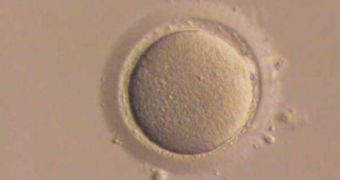Although many may think of in-vitro fertilization (IVF) as to a relatively new reproductive method, the truth is that it has been operating at full speed for at least a decade. Data collected by experts between 2000 and 2002 revealed the fact that the number of children obtained through artificial insemination during those two years was dwarfed by the number of babies that were obtained later. In 2002 alone, more than 200,000 infants were born as a direct result of IVF, a 25 percent increase from the two years before, LiveScience reports.
Other reproductive technologies also started making their presence felt in fertility clinics, especially in the developed world. One of the main issues that plagued the acceptance of IVF as a legitimate fertilization procedure at the time was the fact that the implantations often resulted in twins, triplets, or even more children.
Over the past few years, experts around the world, but mostly in Europe and Australia, have been working on ways of making that a thing of the past, and it would appear that they considerably managed to curb the number of undesired babies. A newly published report, which appears in the May 27th online issue of the scientific journal Human Reproduction, shows that the risks of women getting more than they bargained for, so to speak, has been considerably lowered over the past five years.
“Even if it is imperfect, it gives data that can inform debate and decision-making on issues such as availability and the benefits and risks of this important medical practice. It allows us to make comparisons between countries and regions, and to analyze trends by comparing with previous reports,” Jacques de Mouzon, who is a public health specialist, said of the new paper.
He also conducted the new research, as the leader of the International Committee for Monitoring Assisted Reproductive Technology (ICMART). The team analyzed 2002 data from 1,563 IVF clinics, spread over 53 countries worldwide. In the industry, it's not generally considered to be good news if the would-be mother is bearing twins or triplets. If more children appear as result of an IVF procedure, then this is considered to be a serious problem and an important medical complication.
Multiple pregnancies can pose risks for both mothers and their infants, and that's why doctors keep a close eye on women who develop this complication. Fortunately, thanks to advancements in the IVF technology, the study shows, the number of multiple pregnancies has decreased, largely due to the fact that less embryo transfers were performed.

 14 DAY TRIAL //
14 DAY TRIAL //